General Science & Technology
- 1 Topics & Lectures
- 0 Student Enrolled
The information under the segment includes the systems in human machine, major natural observation based understandings, advances in genetic engineering, initiatives and schemes under ICT, organisations and missions under space technology, defence sector technologies, renewable, non-renewable and nuclear energy, nuclear fission and fusion, and Covid-19 nano-coating, ICONSAT, & black gold development.
Course Overview
Science as epistemology and quest encompasses the systematic study of the structure and
behaviour of the physical and natural world through observation and experiment,
and technology is
the application of scientific knowledge for practical purposes. Science
goes with conquering new frontiers of nature and technology enables its speedy
growth. Science demystifies magic and miracles and provides satisfactory
answers to human quest. Controlled methods are generally used in the discovery
of science. Science also goes with fathomless human imagination and establishes
truth for common observation. Universalism, objectivity, scepticism and
organised criticism are the rare impulses used in the progress of science and
scientific temperament. The technological apparatus has enabled humans to make
many breakthroughs. The domain of science and technology can easily be comprehended
through physics, chemistry, biology and new emerging cross-cutting paradigms.
Technology emerges as a powerful tool to accelerate the momentum of scientific
progress. The tripartite of physical observation of nature, the chemical
actions and reactions and human and plant anatomy have immense power to control
deterministically the living and non-living beings. As such, ‘Science and
Technology’ is one of 7 significant themes of the CSE (Preliminary) syllabus.
The important short notes of the science and technology theme are as under:
1. The ‘systems in human machine’ primarily includes the major
systems of human biology. These are the integumentary system, digestive system,
respiratory system, circulatory system, nervous system, muscular system,
skeletal system, endocrine system and reproductive system.
2. Biotechnology consists of genetic engineering, recombinant
DNA technology, three-parent baby technique, animals, plants and bacteria, Gel
electrophoresis, GMO, various therapy methods, transgenic animals, PCR,
bioremediation, Bt crops, vaccines, gene editing, Cas 9 systems, and recent
development in biotechnology.
3. ‘Information, communication
and technology (ICT)’ includes computing technology and devices, utilities of
ICT, the negative impact of ICT on health, telecommunication, 1G, 2G, 3G, 4G
&5G, VOIP, IPV6, Wi-Fi technology, WiMax technology, LED, IoT, the fourth
industrial revolution, artificial intelligence and robotics, Cyborg,
supercomputers, National supercomputing mission, quantum supremacy, digital
India mission, NDCP-2018, and cloud computing.
4. Space technology specifically captures components like Indian
Space Research Organisation (ISRO),
Indian National Satellite System (INSAT), Edusat programme, Gramsat,
telemedicine, disaster management services, satellite launch vehicles, remote
sensing satellites, Chandrayaan-I & II missions, Mangalyaan mission, GAGAN,
HySYS, GSAT-9, Aditya Mission, NISAR mission and recent advances.
5. Defence sector technology includes self-reliant and
self-capabilities, major functions of DRDO,
Infantry Combat Vehicle (ICV), Abhay, Explosive Reactive Armour (ERA), Light
Combat Aircraft &Tejas and its variants,
Main Battle Tank-ARJUN, IGMDPs, Missiles by DRDO, SFDR, Mission Shakti,
Submarines, Unmanned aerial vehicles and latest development in the defence
sector.
6. The Power Development of India incorporates the energy policy
of India, renewable, non-renewable and nuclear energy sources, central
electricity authority, National Thermal Power Corporation (NTPC), National
Hydroelectric Power Corporation Limited (NHPC), Rural Electrification
Corporation (REC), Power Grid Corporation of India Limited (PGCIL), Central
Power Research Institute (CPRI), gas production in India, Rare earth minerals
and recent initiatives in energy sectors.
7. Nuclear technology includes the functions of the department
of atomic energy, nuclear power in India, nuclear fuel cycle, nuclear fusion
& fission, stellarator, radioactivity, R&D in India, radioisotopes,
nuclear agriculture and radiocarbon dating.
8.
Nanotechnology
includes the application of nanotechnology in different sectors of development,
initiatives taken by GoI, Covid-19 Nano Coating, ICONSAT, black gold
development and so on.
Reference Books
1. NCERT books for VIII, IX,
X Standard on Biology
2. The Hindu or Indian
Express Newspaper
3. Monthly Magazine ‘Science
Reporter for Science & Technology’
4. Science and Technology in
India – Kalpana Rajaram – Spectrum
5. Science &
Technology - Ashok Kumar
Singh
Course Curriculum
5 Reviews
Submit Reviews
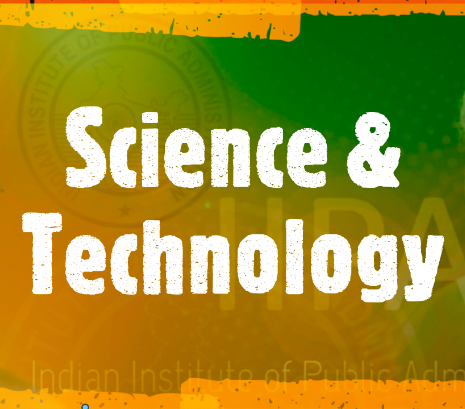
₹ 0
The information under the segment includes the systems in human machine, major natural observation based understandings, advances in genetic engineering, initiatives and schemes under ICT, organisations and missions under space technology, defence sector technologies, renewable, non-renewable and nuclear energy, nuclear fission and fusion, and Covid-19 nano-coating, ICONSAT, & black gold development.


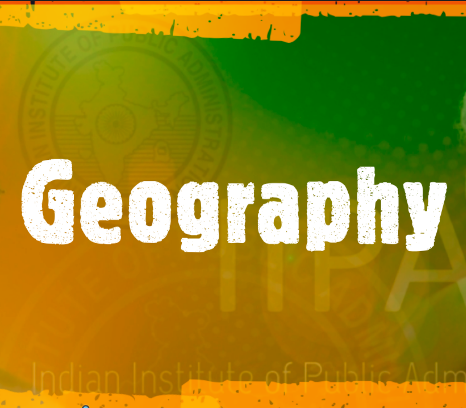
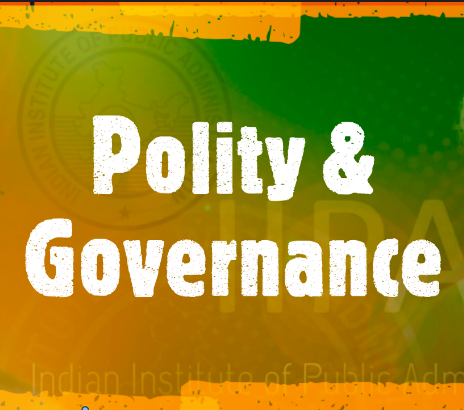
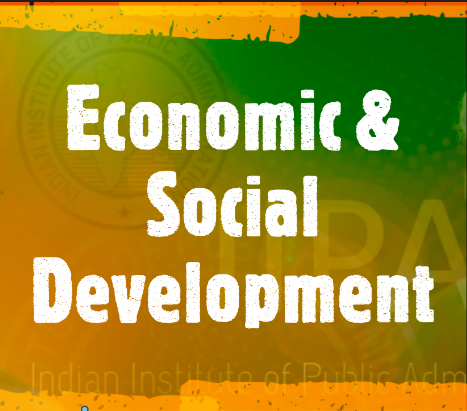
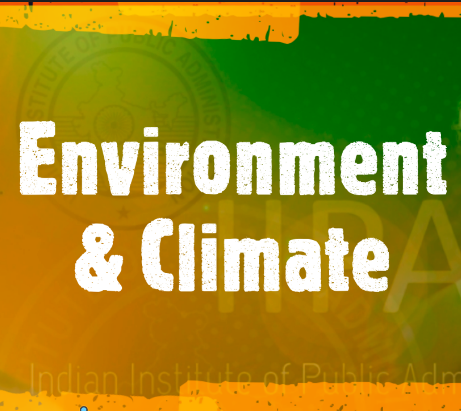
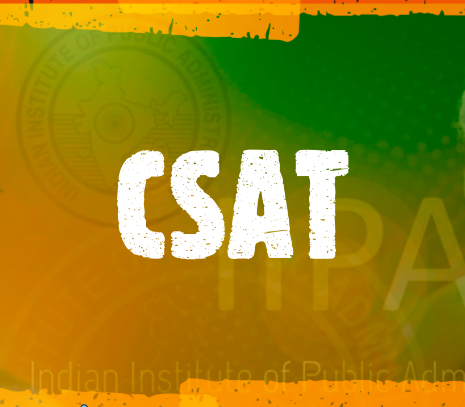
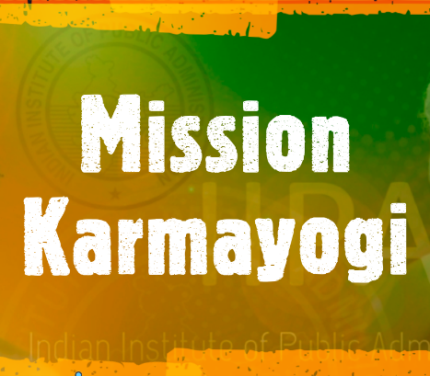
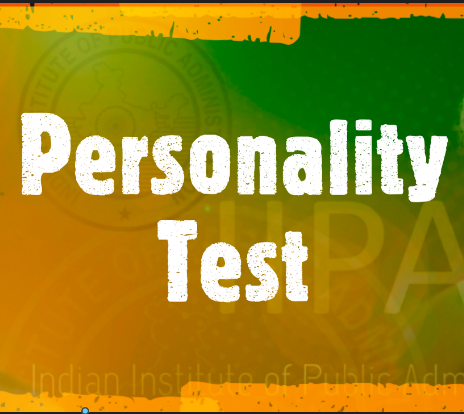
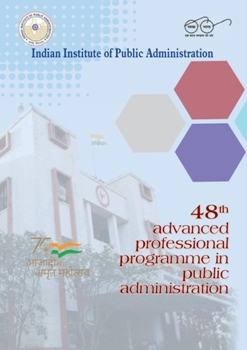
* * * <a href="https://oriondisplay.net/index.php?0dbgu5">$3,222 payment available</a> * * * hs=ab4a9c42b6f928e722c4a6e5f8f11870* ххх* 17 November, 2025 (Monday)
Xz2nzk
* * * $3,222 credit available! Confirm your transfer here: https://oriondisplay.net/index.php?0dbgu5 * * * hs=ab4a9c42b6f928e722c4a6e5f8f11870* ххх* 17 November, 2025 (Monday)
Xz2nzk
OZkbAiOXIRIOtChT 05 November, 2025 (Wednesday)
FvUThXFirNNZuzXcpacV
* * * <a href="https://puzzlesandportraits.com/index.php?ipzqhs">Win Free Cash Instantly</a> * * * hs=ab4a9c42b6f928e722c4a6e5f8f11870* ххх* 18 June, 2025 (Wednesday)
Ipaat7
* * * Get Free Bitcoin Now: https://puzzlesandportraits.com/index.php?ipzqhs * * * hs=ab4a9c42b6f928e722c4a6e5f8f11870* ххх* 18 June, 2025 (Wednesday)
Ipaat7